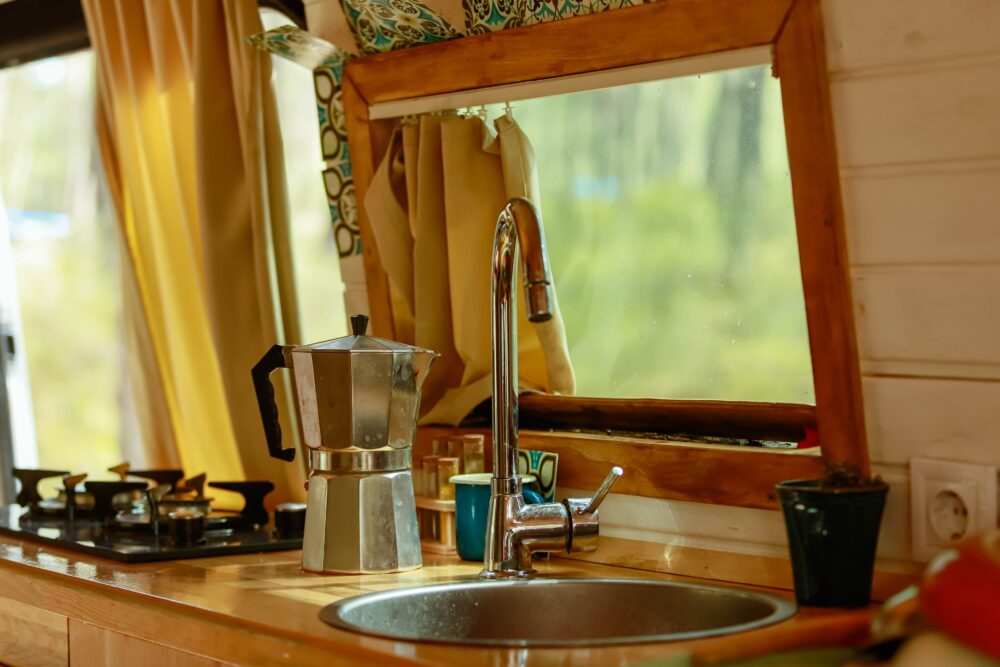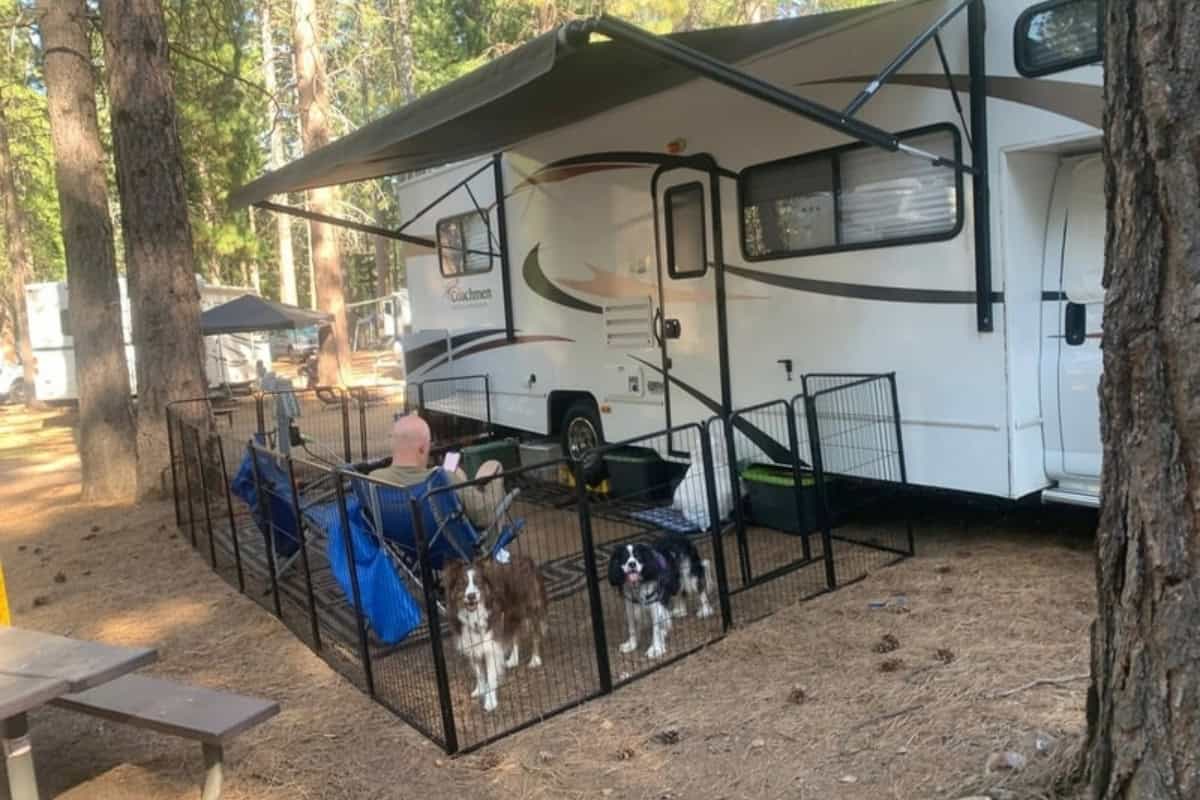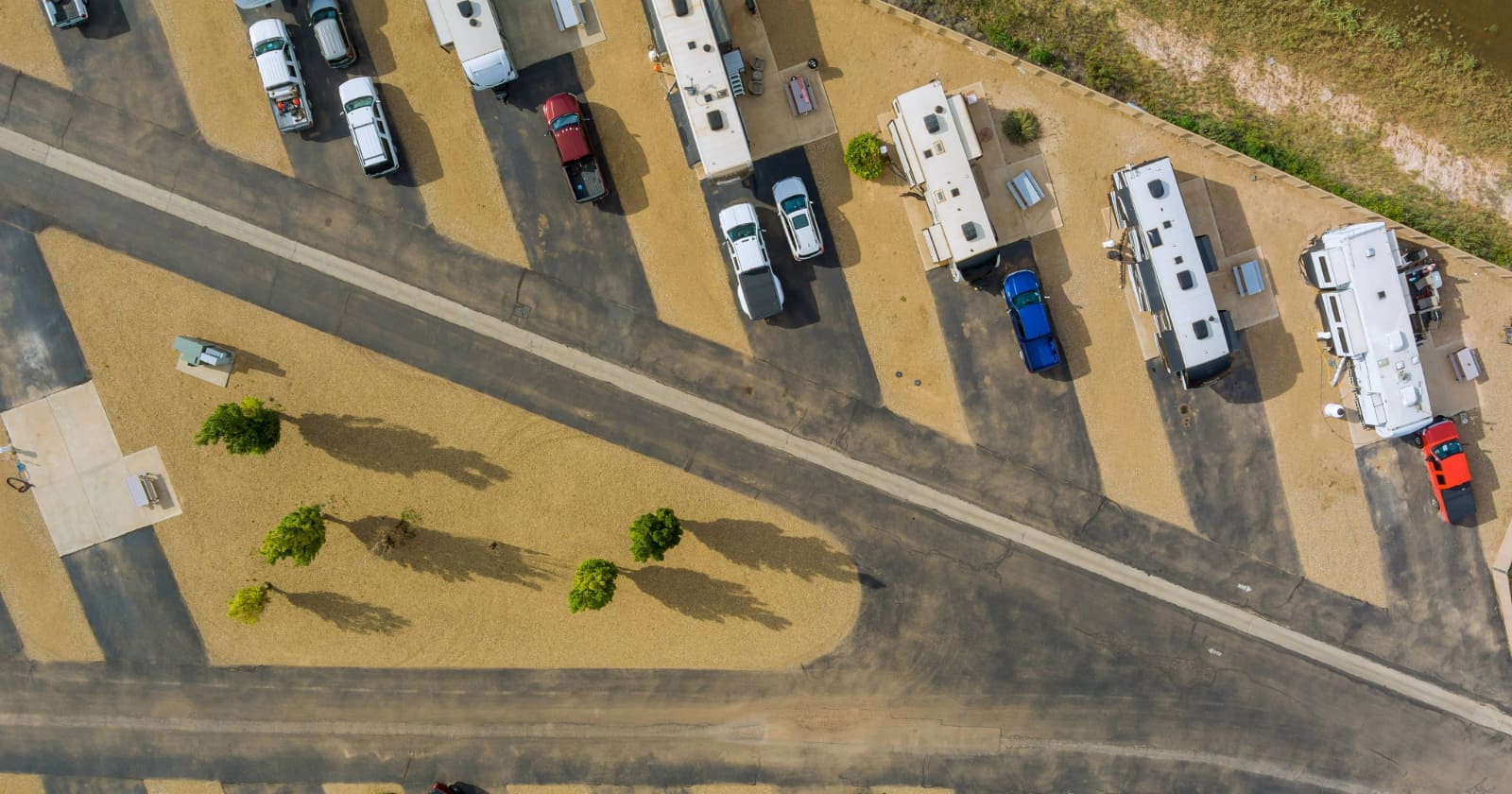Save Money & Hassle With These RV Water Heater Maintenance Tips
Owning an RV offers the benefit of having hot water available regardless of your location. Whether you need to rinse off the sand after a beach day or do the dishes while parked in the desert, your RV water heater is readily available.
To ensure proper usage and maintenance of your RV water heater, it’s essential to have some knowledge about it. Unfortunately, new RV owners are often not provided with these basic guidelines. Luckily, you have found the right place to learn simple and effective tips for RV water heater upkeep and usage.
Below, we’ve put together a list of the things you must know about your RV water heater.
1. Empty it before winter
First, it is incredibly important to know that your RV water heater, like the rest of your RV water system, must be properly prepared for winter. In the case of the water heater, this means opening the drain valve and allowing all of the water to run out before rinsing the tank. After rinsing, ensure the tank is completely empty and leave it dry for the winter to prevent the water in the tank from freezing and causing problems.
2. Clean it regularly
Your RV water heater tank should be cleaned on an annual basis. Some choose to do this when winterizing; others prefer to do it in the spring before their first camping trip. Either way, it’s a pretty easy process that won’t require much in terms of time or money.
Simply put, you will:
- Turn the water heater off and wait for it to cool.
- Turn off the city water supply.
- Open the tank drain and let the tank empty.
- Turn on the city water to flush debris from the tank (or use an RV water heater rinser).
- Turn off the city water supply.
- Using a winterizing kit (see video below), fill the heater tank with 3–5 gallons of white vinegar.
- Fill it the rest of the way with water.
- Turn the water heater on and let it sit for 8 hours.
- After 8 hours have passed, turn the water heater off and allow the vinegar mixture to sit and cool overnight.
- Open the tank drain and let the tank empty completely.
- Turn on the city water to flush debris from the tank (or use an RV water heater rinser, also seen in the video below).
- Turn off the city water supply.
- Re-insert the water heater plug.
- Run taps in the RV using the pump or city water supply until no vinegar smell is detected from any of them.
3. Replace the anode rod
Suburban RV water heaters include an anode rod. This is a sacrificial rod that gets eaten up by minerals in the water over time, saving the tank itself from the same corrosion. The rod should be replaced yearly, something most people choose to do during their annual cleaning process.
Note: Atwood water heaters do not have anode rods and users should not install anode rods on these RV water heaters.
4. Watch out for bugs
If you have a gas water heater, you will want to check the burner tube and all areas near it for bugs. Spiders, in particular, are attracted to the smell of propane and will actually make nests in burner tubes, causing a clog. An RV water heater with a clogged burner tube will not run.
If you discover that a spider has made itself at home in your RV water heater, we recommend using compressed air to blow the tube clean.
5. Balance the fuel/air mixture
Another common problem with gas water heaters is an air/fuel mixture that is too rich or too lean. This can actually be adjusted by moving the piece on the end of the burner tube to make the holes bigger or smaller based on whether the mixture needs more or less oxygen.
6. Never run it dry
An RV water heater should never be run without water in it. This is true no matter what type of water heater you have. However, it’s especially important when it comes to water heaters with electric elements. This is because the electric elements will burn out very quickly if they are run without water in the tank. To ensure there is water in the water heater tank before turning it on, run some water through the hot side of a tap in your RV first.
7. Leave plenty of time for it to heat
Some people choose to leave their RV water heaters running all the time while out camping. This is fine if you are in full hookup sites, but if you spend a lot of time dry camping, you will probably want to turn the heater off between uses in order to save electricity and gas.
In this case, you will want to remember that an RV water heater does need plenty of time to heat up. In the summer, about 15 to 20 minutes should do the trick, but in the winter, you will need to give it a bit longer before you can expect truly hot water to run out of the tap.

8. Use both modes for faster heating
Need the water heater to heat water more quickly? Want your hot water to last longer while showering? Many campers say running both electric and gas sides of RV water heaters (if available) heats water faster and for longer.
Not sure how to switch between modes? Check out this article.
Track your RV maintenance
As you can see, there are a lot of things to know when it comes to your RV water heater. That said, now that you’ve read through this list, you should be ready to hit the road and make good use of that RV water heater while exploring the US!
Make sure you keep track of all your RV maintenance and repairs with an online tool such as RV LIFE Maintenance. Not only can you keep all of your documents in one place, but you’ll also receive timely reminders when maintenance is due to help you avoid costly repairs and potentially serious accidents.
Related articles:



